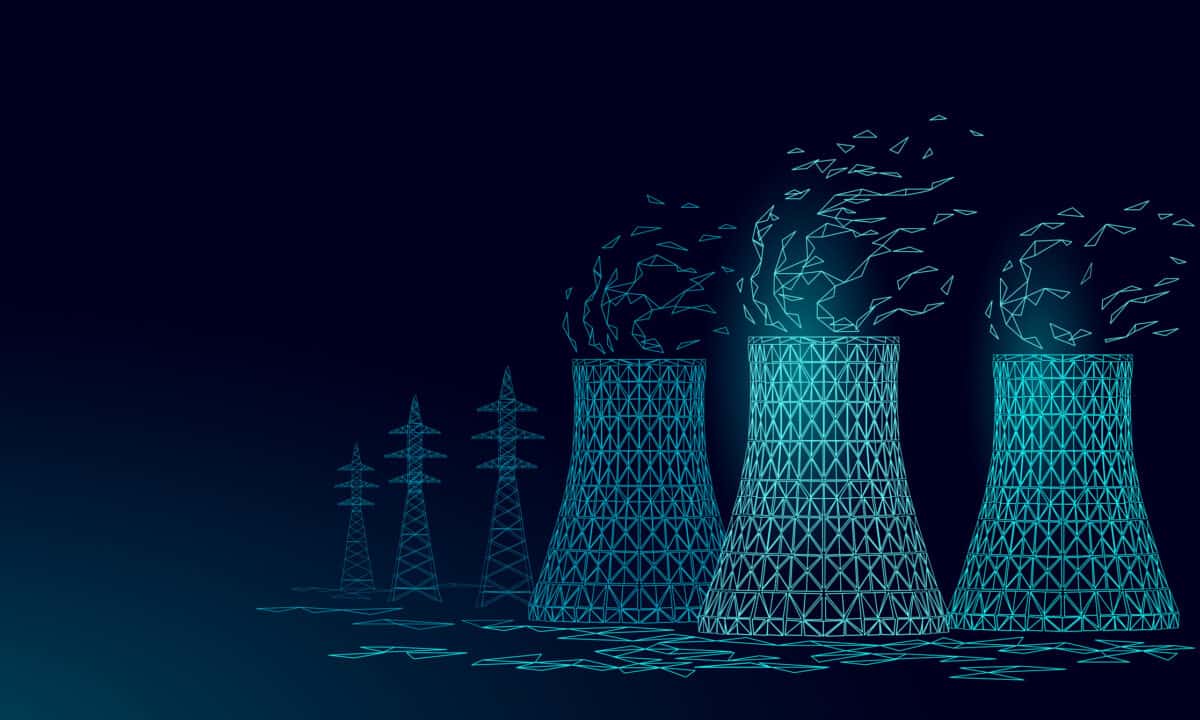When it comes to market gainers this year, Cameco (TSX:CCO) has been one of the top choices. The uranium producer has seen shares climb even as other renewable energy companies see their prices slump.
However, that was then, and this is now. And now, some renewable energy stocks are coming back. So, with that in mind, is Cameco stock really the best renewable energy stock for your portfolio?
The bull side
Cameco stock is considered a strong investment in renewable energy for a variety of reasons. Nuclear energy is recognized as a key player in the transition to a low-carbon future. Unlike fossil fuels, nuclear power generates electricity without emitting greenhouse gases during operation, making it a critical component in the fight against climate change.
Cameco stock is one of the largest producers of uranium, which is essential for nuclear power generation. Furthermore, it is a leading company in the uranium mining sector, with significant expertise and long-term contracts with utilities around the world. Its established market presence and experience provide a competitive edge. It even operates some of the world’s largest and highest-grade uranium mines.
What’s more, Cameco has a strong balance sheet and prudent financial management, which are critical for navigating the cyclical nature of the uranium market. The company has a history of maintaining liquidity and controlling costs effectively. And with the addition of its Westinghouse operations, it looks like this should continue for at least the next several years.
However, there could be some reasons why investors may want to be a bit wary or at least consider other renewable energy investments.
The bear case
There are a few reasons to consider Cameco stock as less of a long-term buy and more for the next few years. Despite being a low-carbon energy source, nuclear power is often not classified as “renewable energy” because it relies on uranium, a finite resource. Many investors looking to invest in renewable energy prefer companies involved in truly renewable sources like solar, wind, and hydropower, which utilize inexhaustible resources.
Plus, as we’ve seen in the past, public perception of nuclear energy can be negative due to concerns over nuclear accidents, radioactive waste disposal, and the potential for catastrophic failures, which can deter some investors. This could cause a sudden drop in share price even overnight.
What’s more, the nuclear industry is heavily regulated, and changes in government policies, particularly in response to public opinion or environmental movements, can impact the industry significantly. Countries may shift away from nuclear power due to safety concerns or political pressures, as seen in Germany’s phase-out of nuclear energy post-Fukushima.
Then there are the basics. The management of nuclear waste is a significant challenge. High-level radioactive waste requires secure, long-term storage solutions that are not only costly but also face strong public opposition and regulatory hurdles.
Furthermore, the price of uranium is volatile. Cameco’s financial performance is closely tied to the price of uranium, which can be highly volatile due to factors such as geopolitical events, supply disruptions, and changes in demand. This dependency can result in fluctuating revenues and profits, adding an element of risk for investors.
Bottom line
So, while Cameco has a pivotal role in the nuclear energy sector, its alignment with the broader category of renewable energy investments is debatable. Investors focused strictly on renewable energy might find companies involved in solar, wind, or other renewable technologies more aligned with their investment goals due to fewer regulatory risks, more favourable public perception, and true renewability of the energy sources. In the end, it all comes down to your own investment portfolio and risk profile.







